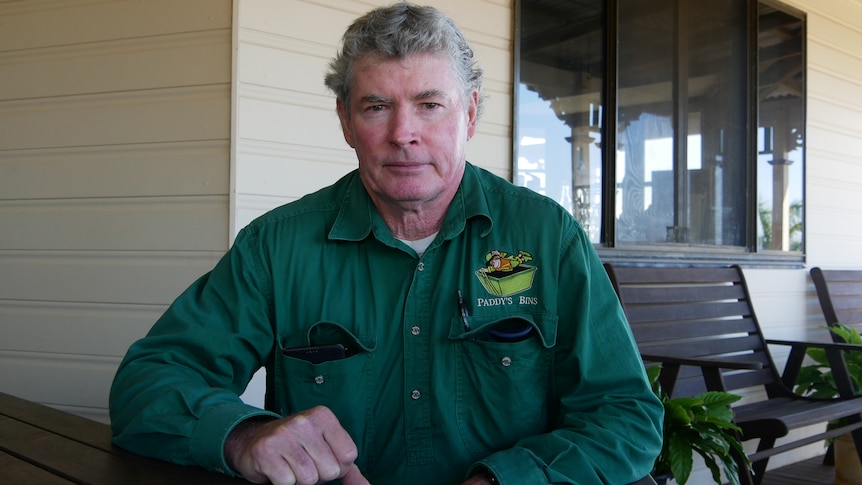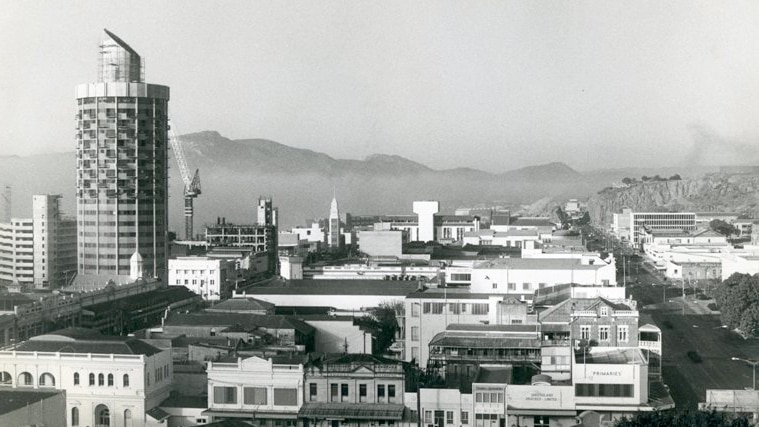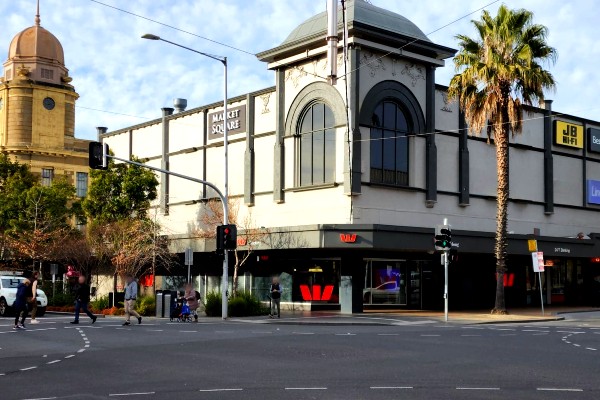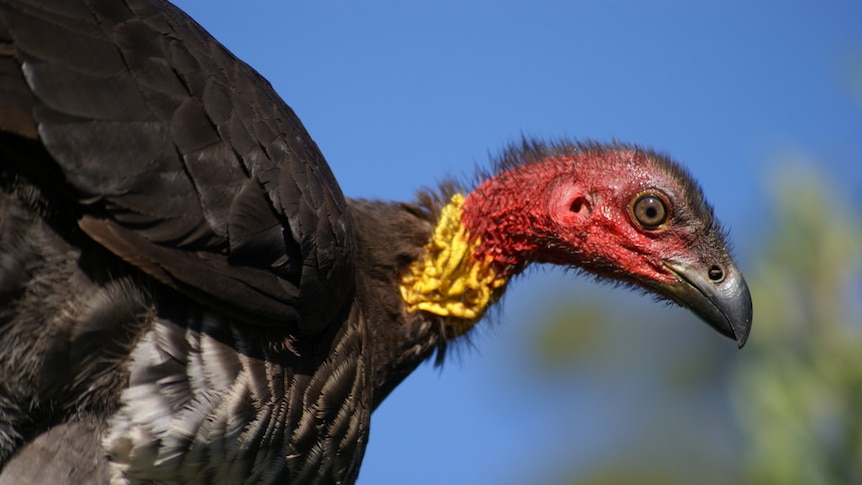Brisbane’s “transformational” Queen Street Mall celebrates a milestone this month, 40 years after it forever changed the city’s retail heart.
What started as a dirt strip hosting horse and carriage traffic in the 1800s had long housed iconic and fashionable brands, but it was not until August 8, 1982 that the two blocks between Edward and George streets were closed to traffic and officially opened by its namesake , Queen Elizabeth II herself.
Brisbane City Council’s chair of its 2032 Olympic and Paralympic Games Committee Krista Adams said the mall’s opening, coinciding with the 1982 Brisbane Commonwealth Games, was an “absolutely historic moment”.
“I have to say, 1982 was nothing short of transformational for our city,” Ms Adams said.
“From Matilda winking at us right through to the closing ceremony… it was the first time that Brisbane considered, ‘Hey, we can do this, and we are on the world stage’.
Whether Brisbanites came for lunch at Jimmy’s on the Mall, met friends after school at Hungry Jack’s or dared to take the dragon ride at the top of the Myer Centre, Queen Street Mall embedded itself in the urban life of Queensland’s capital.
Ms Adams remembered coffee dates at Jimmy’s on the Mall and watching people from JoJo’s, as well as the terrifying sounds from the rollercoaster at Tops, an amusement venue in the Myer Center.
“There was absolutely nowhere else to meet other than Hungry Jack’s because no-one had mobile phones,” she said.
“It has been reinvented many times over — there has been the Wintergarden, the Myer Centre, Burnett Lane and the extension of the mall down Albert Street.
“It has remained the most popular mall in the southern hemisphere, and the most successful in Australia, and has stood the test of time.”
Ms Adams says while the council has “struggled to get pedestrians back into Queen Street Mall after COVID, it is still home to more than 500 retailers including six major shopping centres.
Designed by late Robin Gibson, the architect also behind the Queensland Art Gallery and later the Queensland Cultural Centre, the Queen Street Mall has hosted parades for athletes returning from the Olympic and Commonwealth Games, live music performances and plenty of fashion parades.
More than two decades ago, Hollindale Mainwaring Architecture took on the redevelopment of the mall, and described Queen Street as “a proven exception continuing its history of vibrant commerciality and increasing pedestrian usage”.
In 2022, Brisbane Lord Mayor Adrian Schrinner said Queen Street Mall attracted “more than one million pedestrian movements a week”.
“As it returns to its post-pandemic prime, with pedestrian movements at 72 per cent of pre-COVID levels, it is set to be bolstered by massive investment into new CBD attractions and transport options,” he said
“With major transformations underway like Queen’s Wharf and Waterfront Place, Queen Street Mall is at the center of an exciting evolution that will drive visitation and renew popularity in the iconic precinct.”
loading
Brisbane fashion stylist, educator and commentator Dianne Cant was involved in the first fashion parades in 1982 in the mall.
“The brief back then was to promote the retailers and impress the shoppers with what was on offer; they weren’t just entertainment but of course, the crowds stopped for 15 to 20 minutes and enjoyed,” she said.
“Another personal highlight was being invited to drive Brownlow Medalist Simon Black in a convertible car down the mall when the Brisbane Lions won the AFL Premiership in 2002.”
There will be two weeks of celebrations for Queen Street Mall’s 40th birthday with pop up champagne bars and fashion shows.
Find more information here.
.




 Geelong’s Market Square shopping center and Busport transport interchange have been described as “festering sores” in an extraordinary speech by the City of Greater Geelong’s highest ranking officer.
Geelong’s Market Square shopping center and Busport transport interchange have been described as “festering sores” in an extraordinary speech by the City of Greater Geelong’s highest ranking officer. Councilor Eddy Kontelj told Geelong Broadcasters he agreed that the bus terminal was problematic.
Councilor Eddy Kontelj told Geelong Broadcasters he agreed that the bus terminal was problematic.